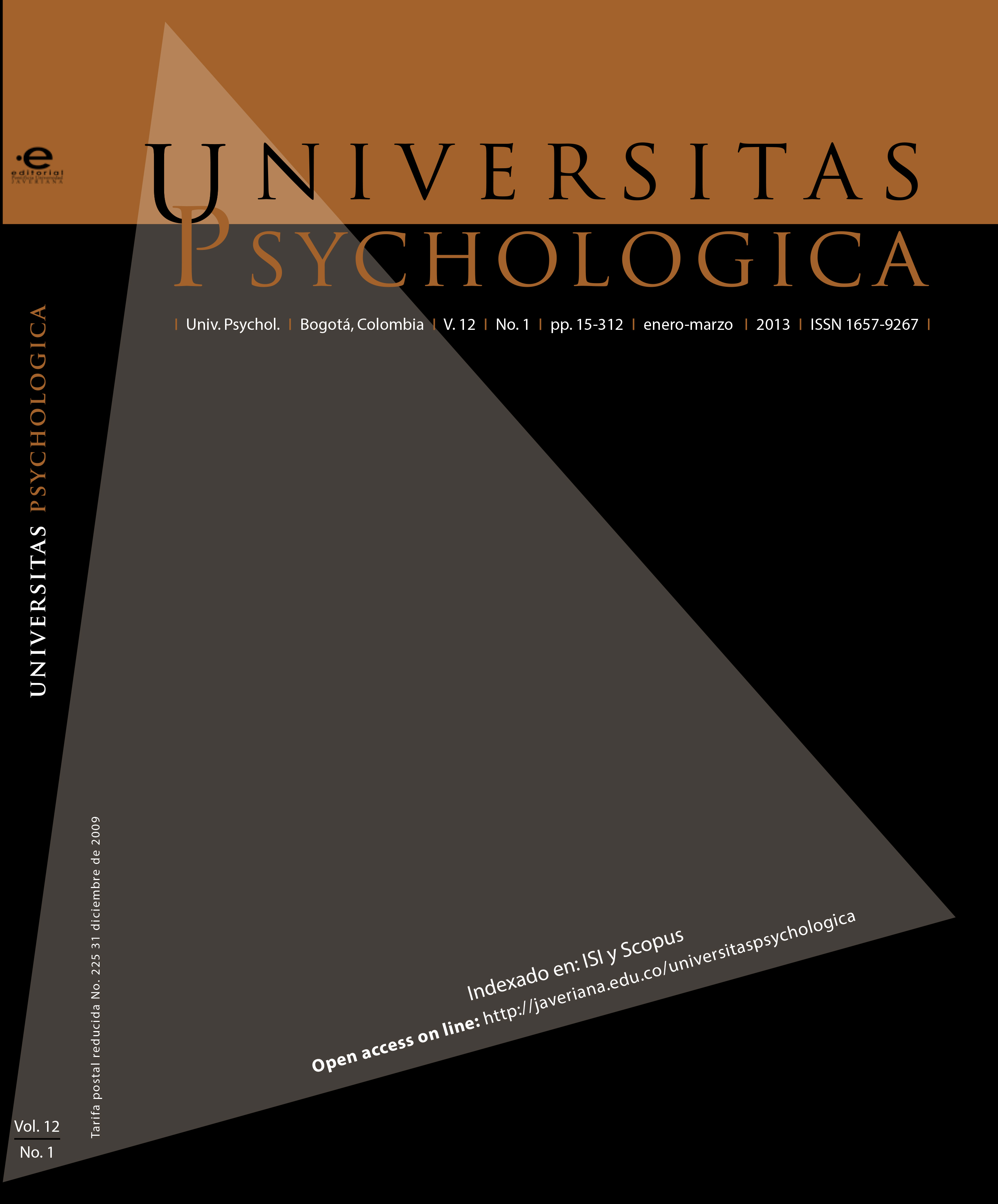Abstract
Cerebral palsy is a motor disorder due to brain immaturity associated with deficit including adaptive deficits, social, engines, cognitive and communication and with great impact on development. The aim was to study the development during a year of children with cerebral palsy from one to six years. The method was a sequential evolutionary ex post facto design. We utilized the screening test of the Battelle Developmental Inventory in a pre-test and a post-test after one year. The sample consisted of 41 children aged between 1 and 6 years of age diagnosed with cerebral palsy. Children in the posttest scores showed significantly higher in all areas studied. There has been an overall improvement in the capabilities of most subjects. Are discussed the possible influences contributing to these improvements in the ratios of development to obtain these results.
This journal is registered under a Creative Commons Attribution 4.0 International Public License. Thus, this work may be reproduced, distributed, and publicly shared in digital format, as long as the names of the authors and Pontificia Universidad Javeriana are acknowledged. Others are allowed to quote, adapt, transform, auto-archive, republish, and create based on this material, for any purpose (even commercial ones), provided the authorship is duly acknowledged, a link to the original work is provided, and it is specified if changes have been made. Pontificia Universidad Javeriana does not hold the rights of published works and the authors are solely responsible for the contents of their works; they keep the moral, intellectual, privacy, and publicity rights. Approving the intervention of the work (review, copy-editing, translation, layout) and the following outreach, are granted through an use license and not through an assignment of rights. This means the journal and Pontificia Universidad Javeriana cannot be held responsible for any ethical malpractice by the authors. As a consequence of the protection granted by the use license, the journal is not required to publish recantations or modify information already published, unless the errata stems from the editorial management process. Publishing contents in this journal does not generate royalties for contributors.


